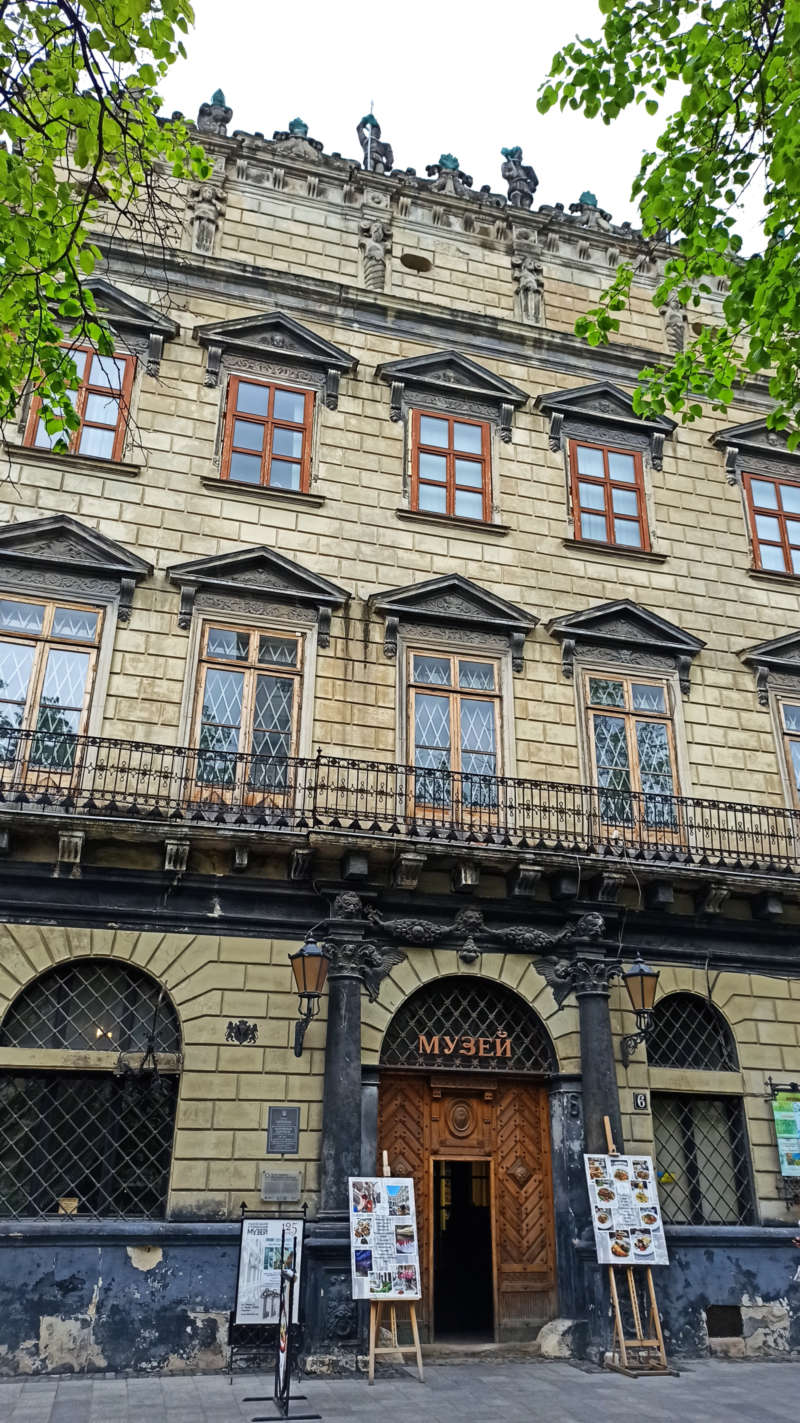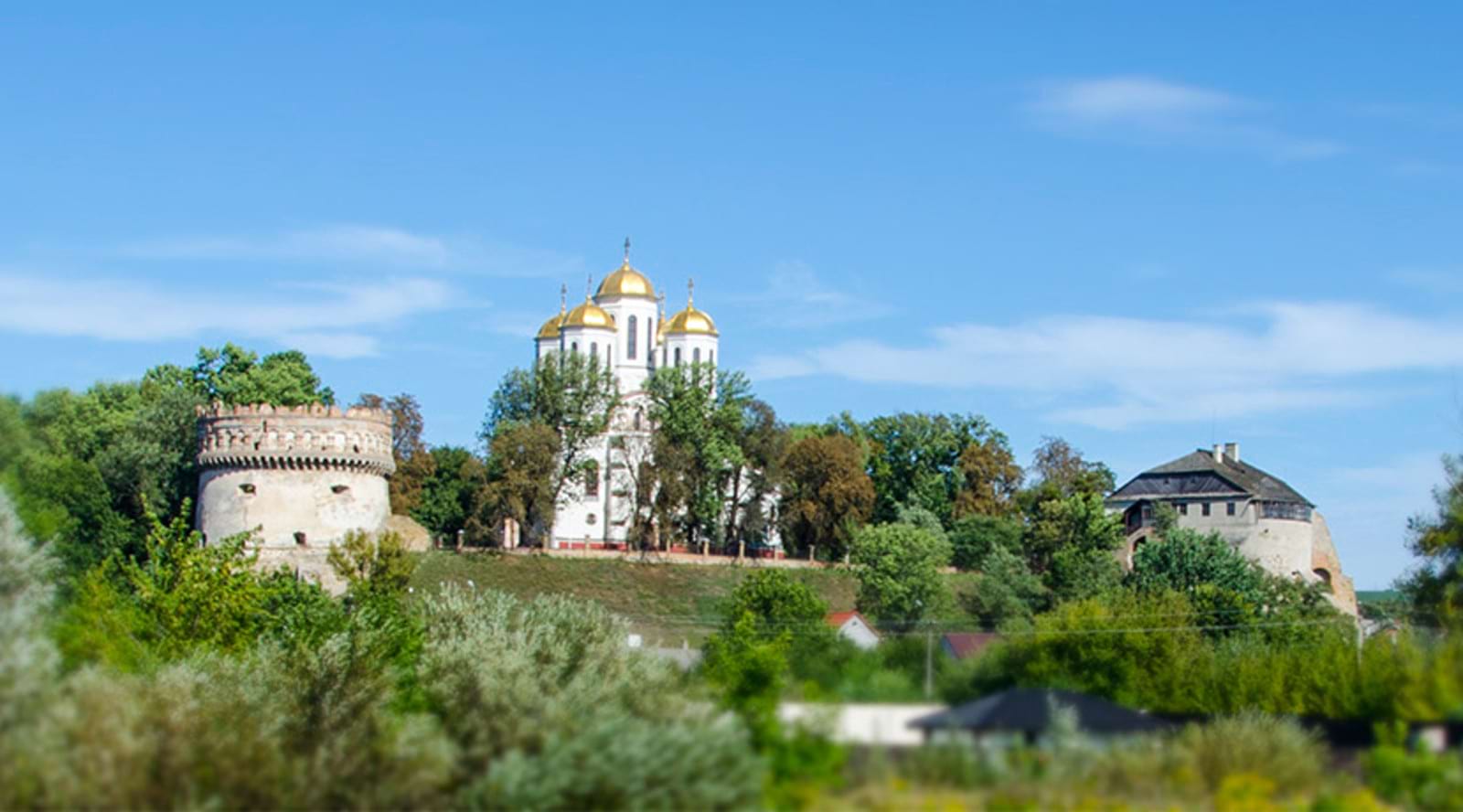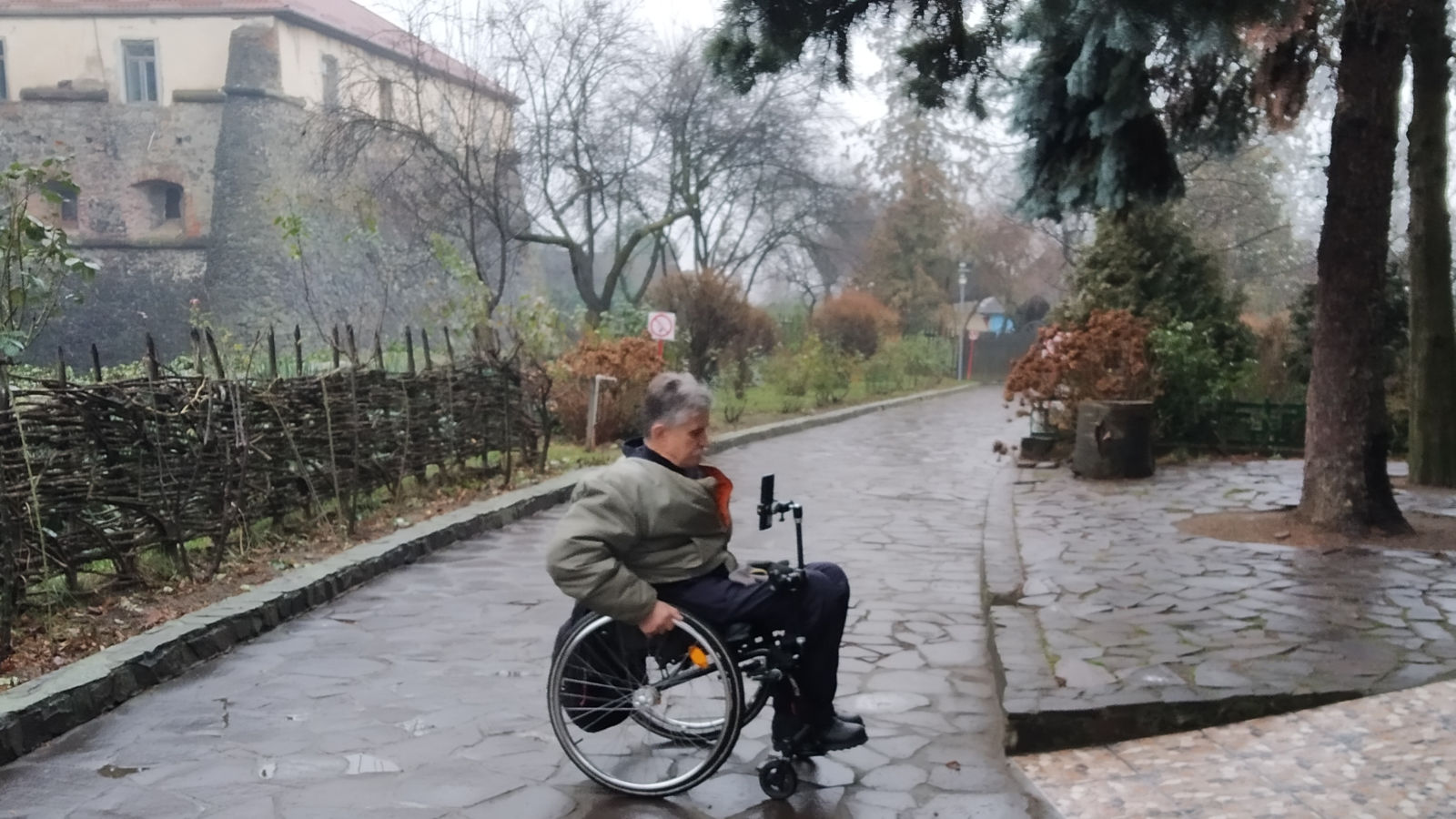Unfortunately, the interiors and exhibits of this museum are not accessible to wheelchair users.
For people in wheelchairs, it is possible to enter the building only with a portable ramp. At the same time, only up to the level of the 1st floor and the inner courtyard. The upper floors are completely inaccessible for people in wheelchairs.
For people with visual impairments, it will be interesting to feel the Middle Ages atmosphere in the Italian courtyard, which is an integral part of the royal palace. There are sculptures reflecting the Renaissance era and a cozy cafe where you can enjoy a cup of aromatic coffee with pastries.
Without a toilet accessible to Persons with Reduced Mobility (PRM).
Description

In those days, tenement houses were not numbered. They were called by the owner's name or by some characteristic features. The building site (plot) was oblong, only three windows could fit on the facade of the building being built. One can imagine the wealth of a person who could afford to buy two plots of land and build a palace with six windows. The owner's name was Konstantin Kornyakt, a Greek originally from Crete. He started with the wine trade and was engaged in almost everything - carpets, real estate, customs, and owned huge lands outside the city. Kornyakt did a lot for the city. One of the most beautiful Renaissance bell towers in Europe and a chapel, which are part of the Assumption Church ensemble, was built with his funds in Lviv.
The tenement house is called the Kornyakt Palace after the owner's name. At that time, it was one of the most imposing buildings in the city. The palace was built in 1580 by Italian architects Petro Barbona and Pavlo Rimlyanin. The Italians left us with an excellent taste of the Renaissance architecture of that time. In the inner courtyard of the tenement house, there is a so-called "Italian" or "Venetian" courtyard, in which there is a three-tiered Renaissance arcaded loggia.
After Korniakt's death, his descendants went bankrupt. They sold the tenement to the Carmelites, who sold it to the Sobieski family, from which the Polish king Jan III Sobieski descended. Since then, the palace has been called the Royal House.
Some historical events are connected with the Kornyakt Palace. So, for example, in 1686, the so-called "Eternal Peace" between Muscovy and the Polish-Lithuanian Commonwealth was ratified in the throne room of the Royal Tenement. According to this agreement, Poland gave up Left Bank Ukraine, Kyiv, Chernihiv, and Smolensk, and in return, received military assistance in the fight against Turkey.
In 1908, the building was purchased by the city, and the Lviv Historical Museum has been operating here for more than 110 years. The so-called "royal halls", furnished in the style of Lviv palaces of the 18th and 19th centuries, decorate the exhibition of the Kornyakta Palace.
Korniakta Palace in Lviv is one of the best examples of residential Renaissance architecture.
Address, contacts sq. Rynok 6, Lviv


